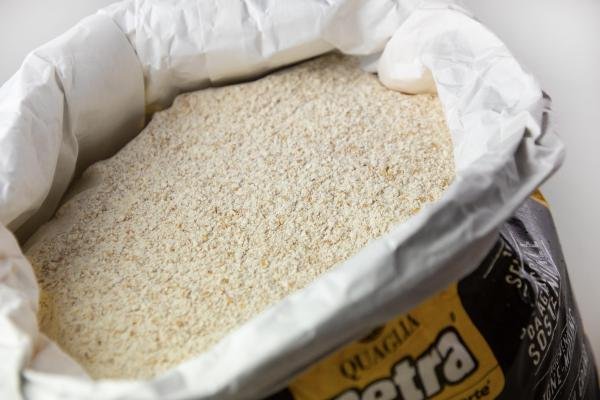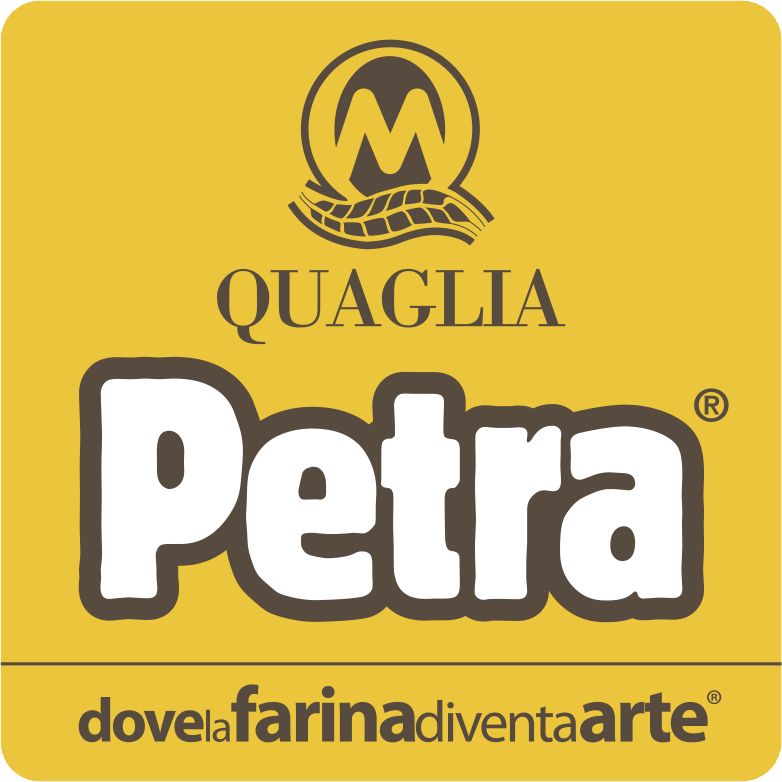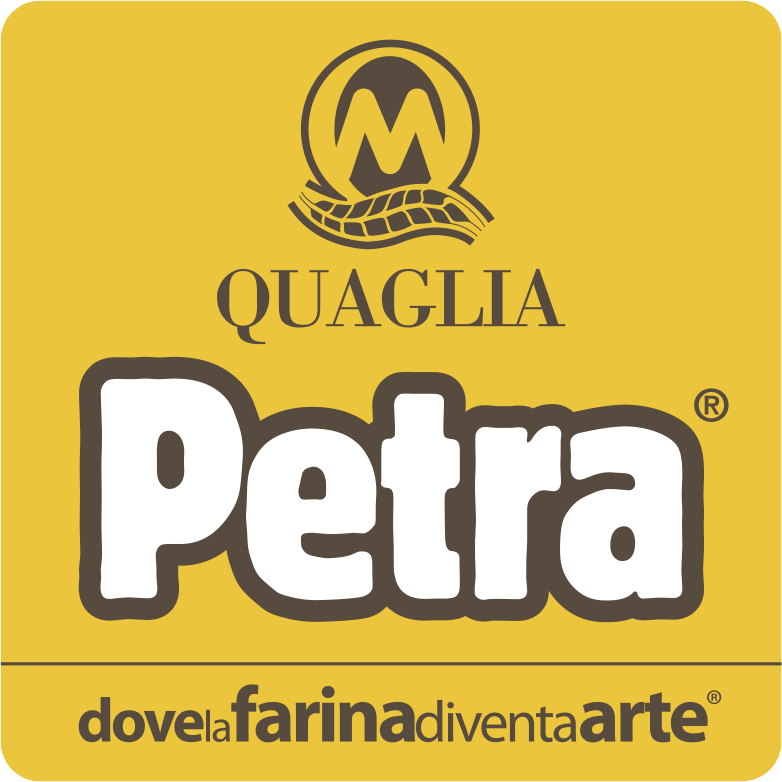Milling wheat into flour is the most ancient daily activity done by human beings...

Over the millennia, the systems of milling have evolved, in search of the most efficient technologies to separate the starch component of the grain (endosperm) from the outside covering (rye). This until the use of stone mills and, since 1880, of metal cylinders currently very common.
The technology of milling with cylinders was the most efficient evolution from the Austrian-Hungarian system of production of flour called “mouture en infini”, with which there were numerous milling phases in a series of multiple stone mills, extracting over 80 intermediate products, with dozens of men manually pouring out the content. The final goal was to extract a flour that would be as white as possible. The passage from stone to cylinders was a turning point in the quality of the flour, because we moved from an average of 10% high-quality flour with stone mills, to over 70% high-quality flour with cylinders.
However, this improvement in the bread making features of the flour was also matched by a nutritional impoverishment of the cylinder-milled flour, compared to stone-milled flour. Today, the available milling technique is very advanced, however, recuperating the nutrients in everyday flours is once again important, and, ironically, the simple stone-milling is the less advisable road. If anything, because when you mill flours that follow the Italian law only with stone mills, you risk ruining them, because of the high temperatures that this kind of milling generates. These temperatures are much higher than 50°C, beyond which wheat proteins change, with a negative impact on their capacity of creating high quality gluten.
Hence the idea, and later the development, of the Augmented Stone Milling, a process that joins the pros of stone milling with those of milling with cast iron cylinders, producing flour that is rich in flavour and nutrients, like in the old days, but with the technological features of a modern flour.
The advantages resulting from this new combination of stone milling and cylinder milling will be one of the topics to be covered during the classes at the Università della Farina which will start in the autumn. www.farinapetra.it
Piero Gabrieli
source: https://www.identitagolose.it/news/?id=201
Leggi il testo integrale nel link FONTE (qui sopra)
BREAD RELIGION
Iscriviti e ricevi le novità nella tua email.






